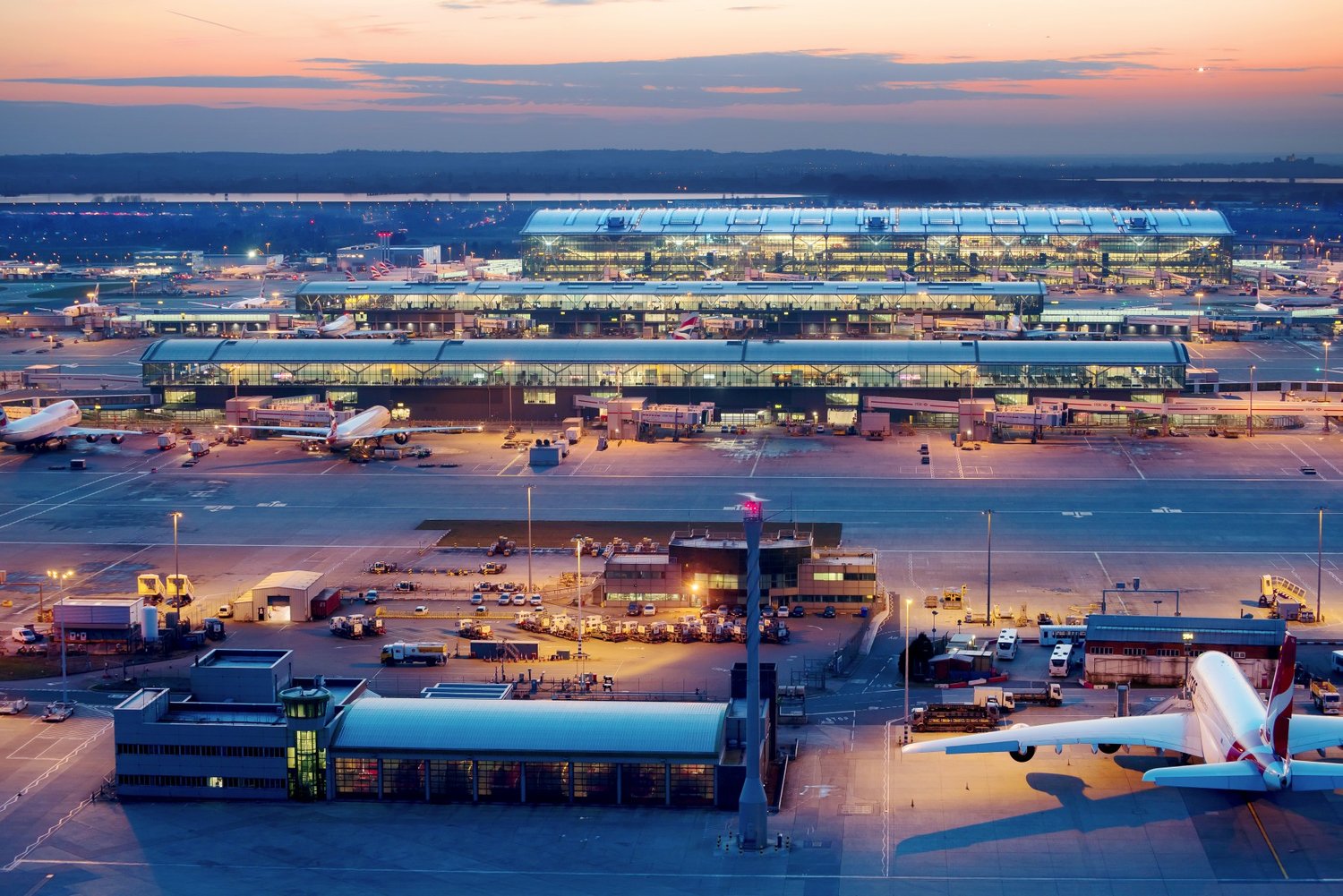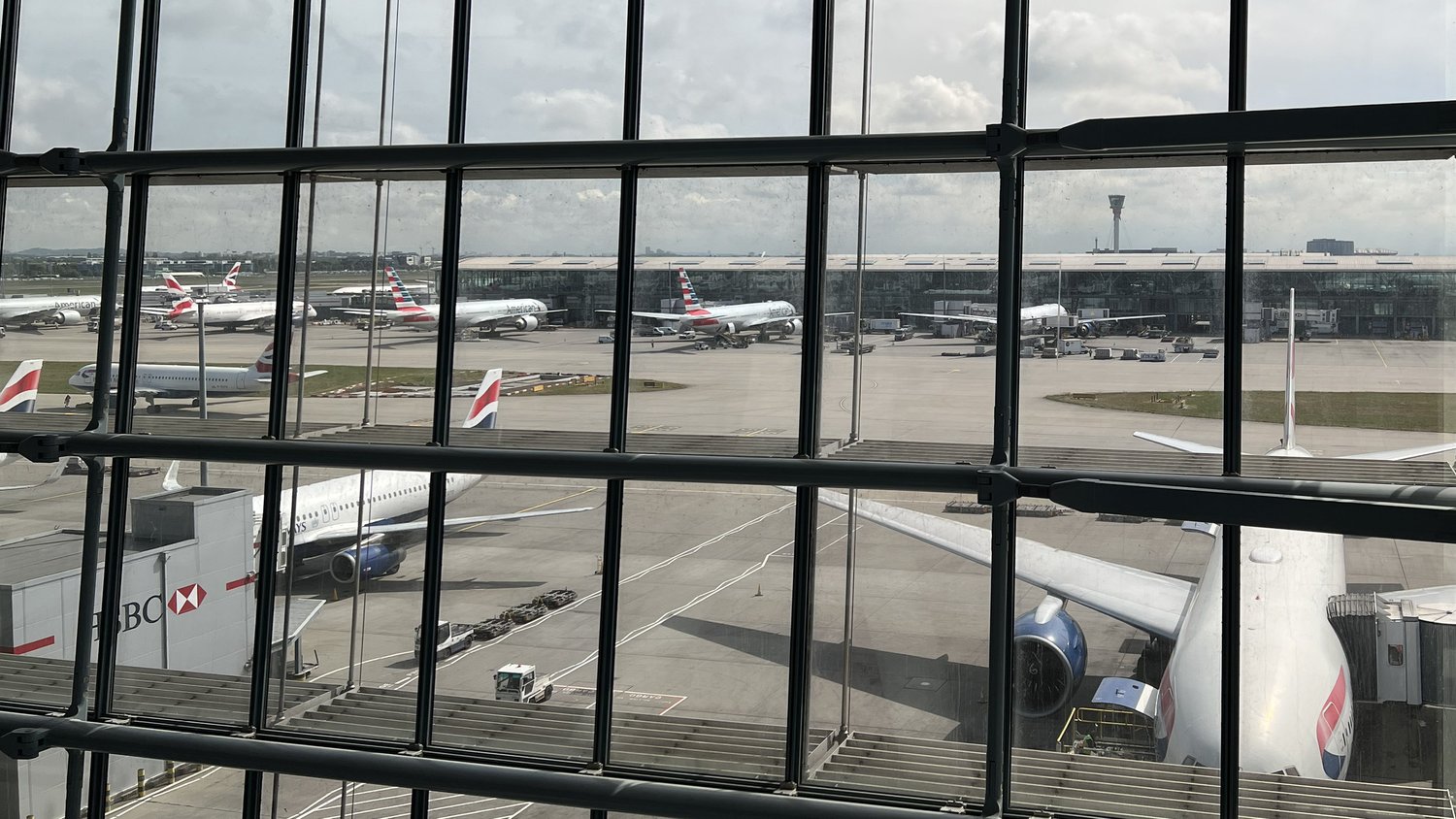

You can see that the capacity recovery continues month by month, as you would expect. As well as the seat capacity figures, which give you the passenger volumes if you assume a load factor, I’ve also shown the flight numbers as a % of 2019. Given that airlines need to use their slots, or lose them, there are lots of reasons to believe that flight numbers will be close to 2019 levels. The figures in November/December 2023 will probably fall back a bit as tactical cancellations are made by airlines closer to the day of operation, but summer schedules should now be solid, barring operational disruption. Heathrow’s largest operator, British Airways, has given guidance to its investors that it expects to get back to 2019 levels of capacity by the end of 2023.
For the January – September period, published capacity is 97% of 2019. The final quarter is less certain but will probably at least match that. So even allowing for load factors being slightly down, I think a passenger forecast of 95% of 2019 levels now looks quite conservative to me. That would give you 76.9m passengers, right at the top of my 75-77m range from the earlier article. Whilst I don’t think we’ll hit the airline forecast of over 80m, it could get quite close to that magic figure.
So once again, I think the CAA’s split the difference approach sophisticated forecasting model seems to be clearly underestimating passenger volume forecasts for 2023. Which means that despite the reductions, the charges are higher than they should be.
Passenger volumes for 2024 – 2026
It is obviously a lot harder to forecast volumes for the last three years. A lot can happen in that time. But if you accept my arguments that the 2023 outturn will be around 77m or better, the CAA’s forecast of 78.9m for 2024 also looks remarkably “conservative”, representing a growth rate of less than 2.5% for an industry that is still in recovery mode. Under the CAA forecasts, it takes until the final year of 2026 for Heathrow to regain its 2019 volume levels. That ignores a whole bunch of what to me are obvious structural shifts. Virgin Atlantic has consolidated its operations at Heathrow, using slots sourced from its partners such as Air France. It is operating much bigger aircraft on those slots than Air France did. In 2023, Virgin’s Heathrow seat capacity will be over 30% higher than in 2019. Flybe has gone bust again. The BA slots it was using under the EU remedy provisions (related to IAG’s takeover of bmi) will most likely be operated in future by bigger aircraft, whether by BA or other carriers. In the face of rising emissions costs, airlines are shifting to larger aircraft sizes to drive down their per seat costs. In my opinion, Heathrow will get back to 2019 volume levels very soon. The only question is how far above those levels can be achieved, given the runway constraints.
Of course, there could be another downturn in the industry which puts a dent in volumes. You don’t need me to list all the economic and other risks. But overall, I would say that the CAA passenger forecasts, on which it has based its charging decision, look too low to me.
Other assumptions
There are lots of other “building blocks” which make up the overall CAA decision on charges. In the interests of getting this post out in a timely way, I won’t go into them here. Maybe I will find the time to look at some of those in a later post.
Financeability
At the heart of the question of whether the charges that the CAA has set for Heathrow are too low or too high is the question of “financeability”. Can the airport cover its costs and finance the investment that users of the airport wish to see?
As we saw earlier, the airport complains that with the charges at the level set by the CAA, it will not be able to simultaneously invest, support its debt and pay dividends to its shareholders. It threatens that it is the investment side of this that will have to be cut. Whilst I have been a little critical of the CAA in relation to the passenger volume forecasts, I did completely agree with this statement that they included in today’s decision, which I thought was the perfect response.
“As we have noted above our assessment of financeability has been carried out on the basis of a notional company with a level of gearing of 60%. In 2022, the gearing of Heathrow Funding Limited was higher than this and it is for HAL’s management and shareholders to manage the consequences for HAL’s financing of higher levels of gearing. We note that during the pandemic, HAL’s ultimate owners have not supported the group with additional equity finance, in contrast to the shareholders of many aviation businesses.”


